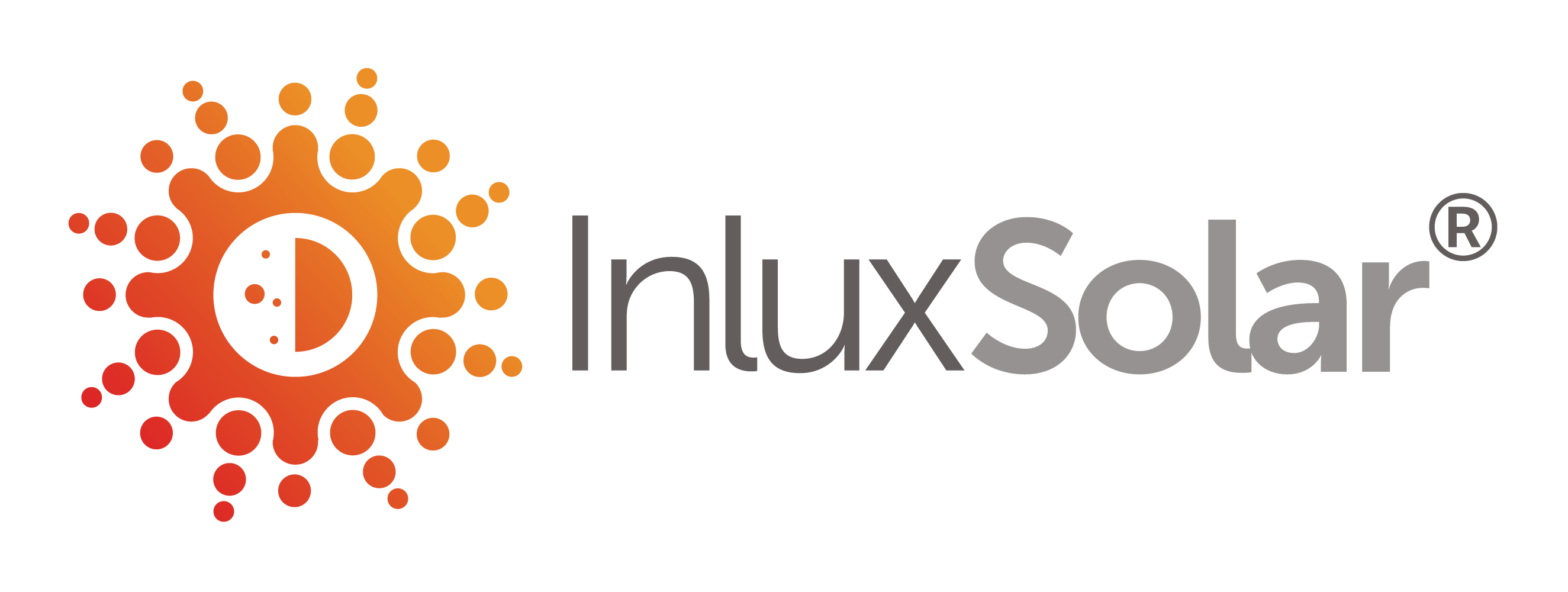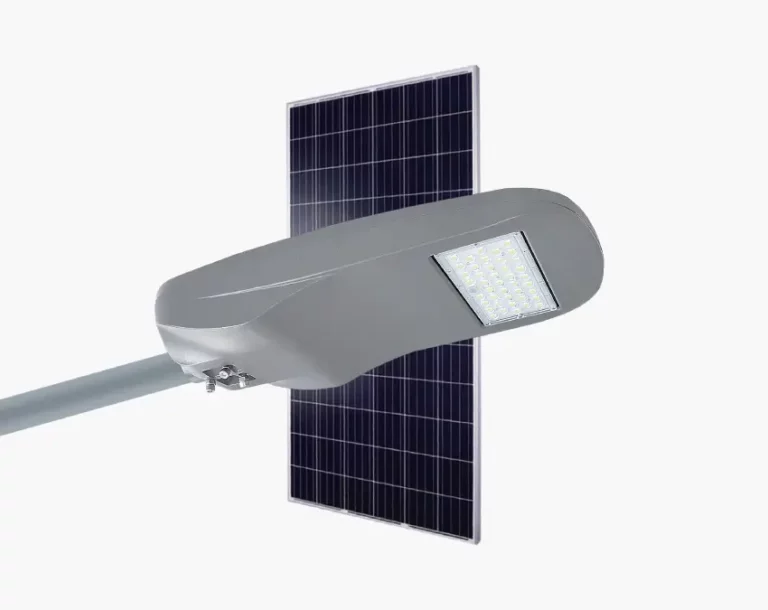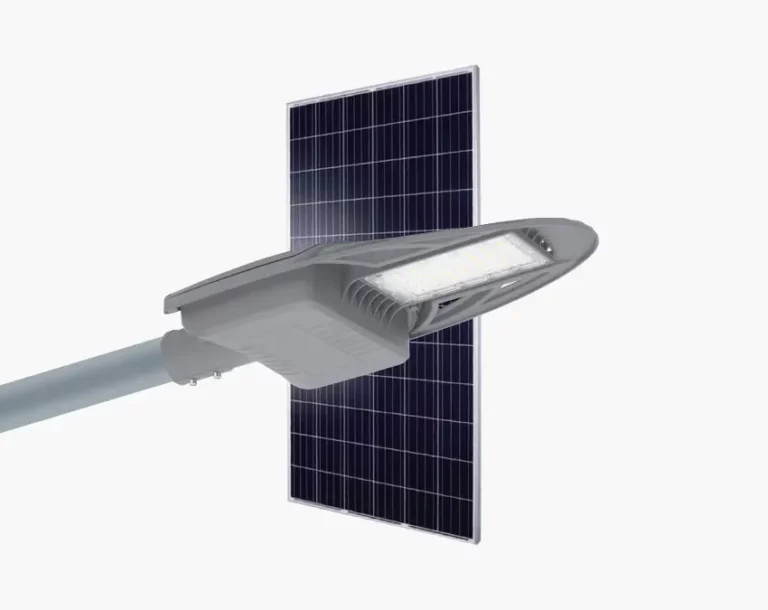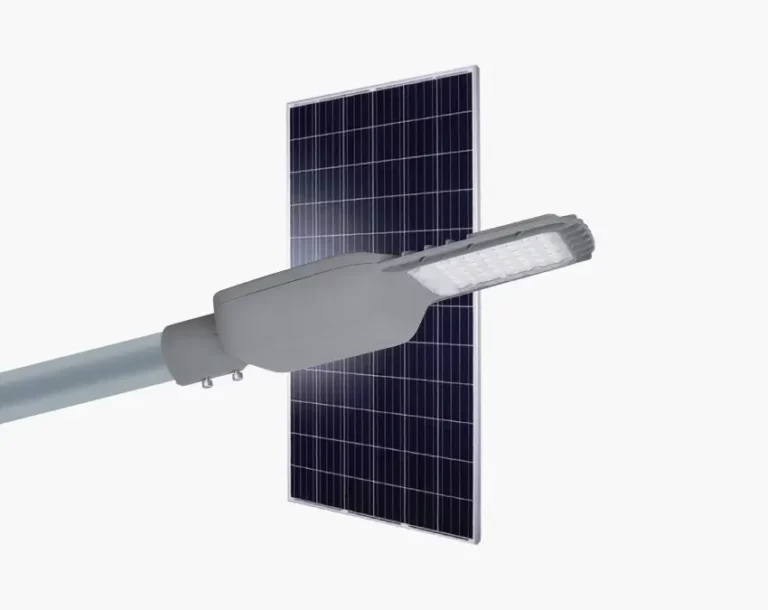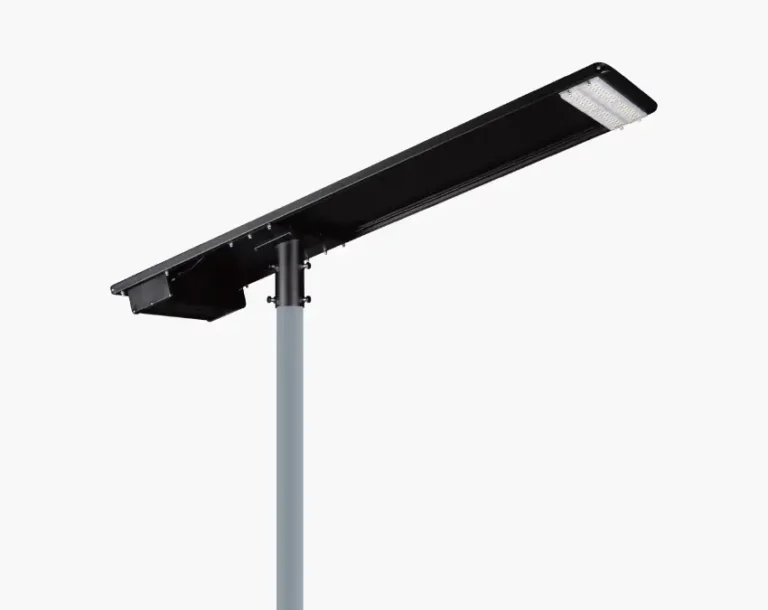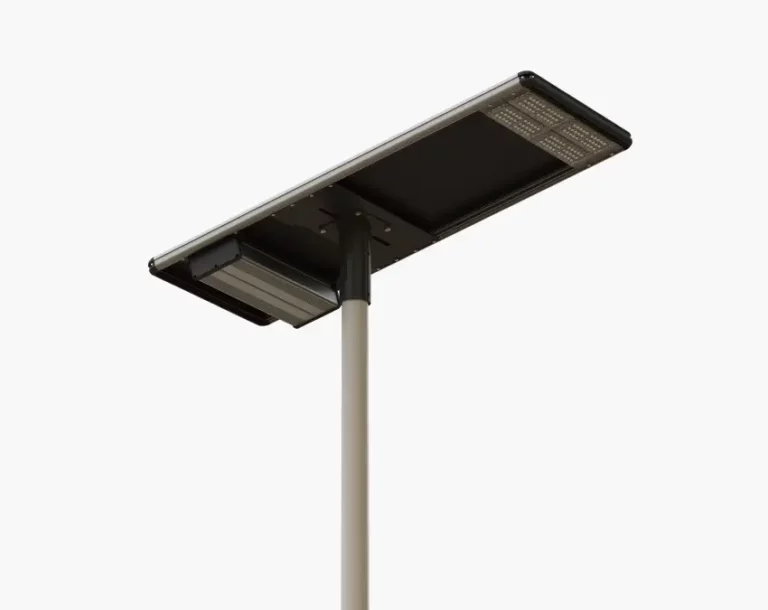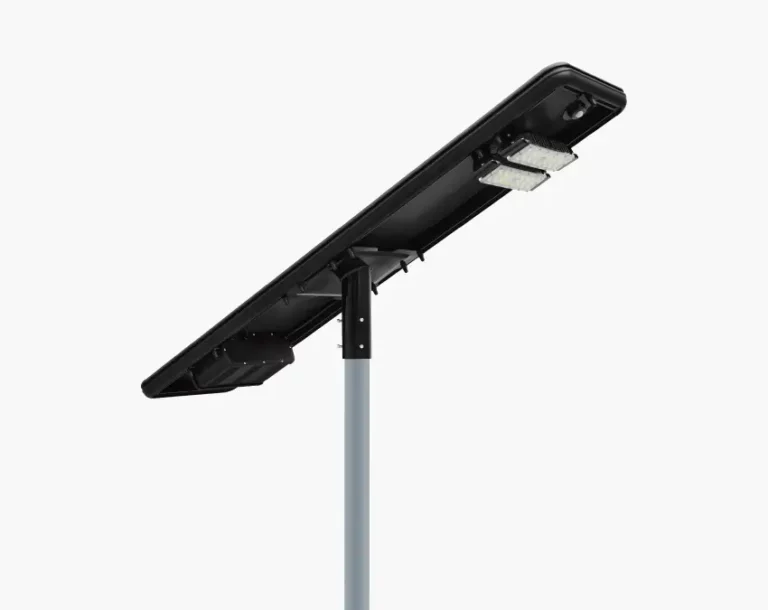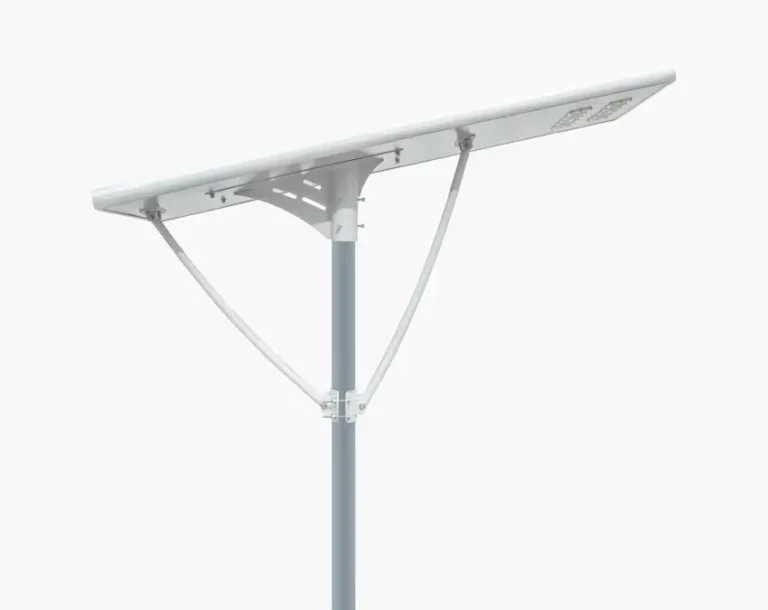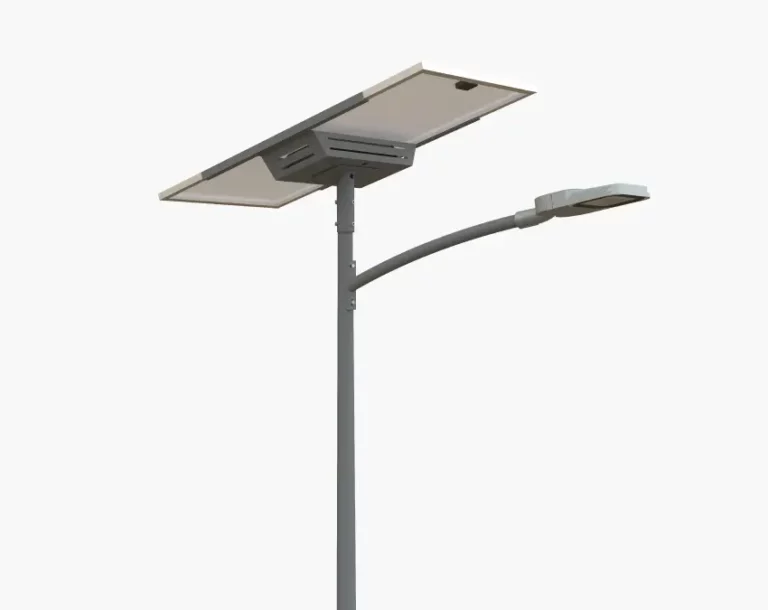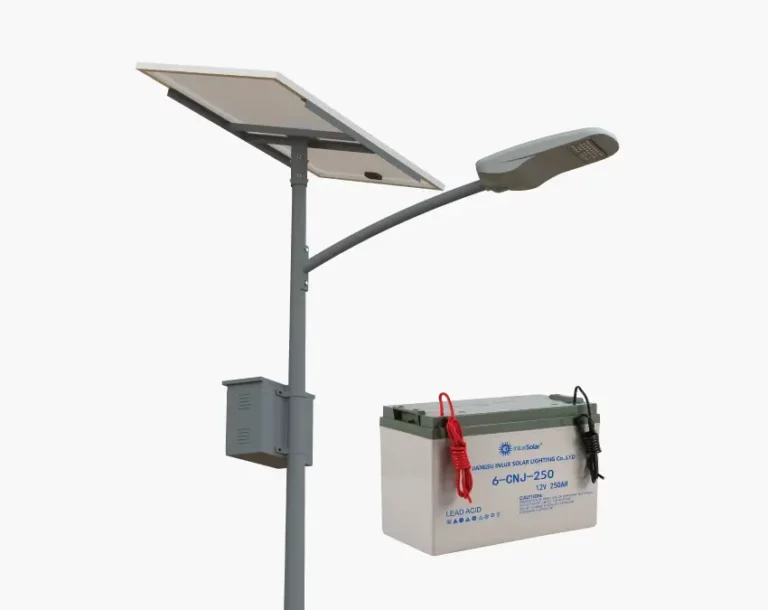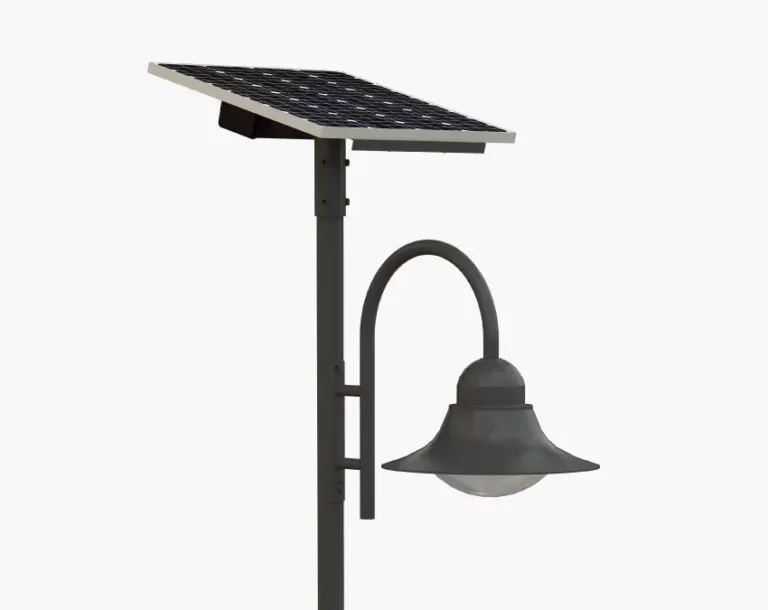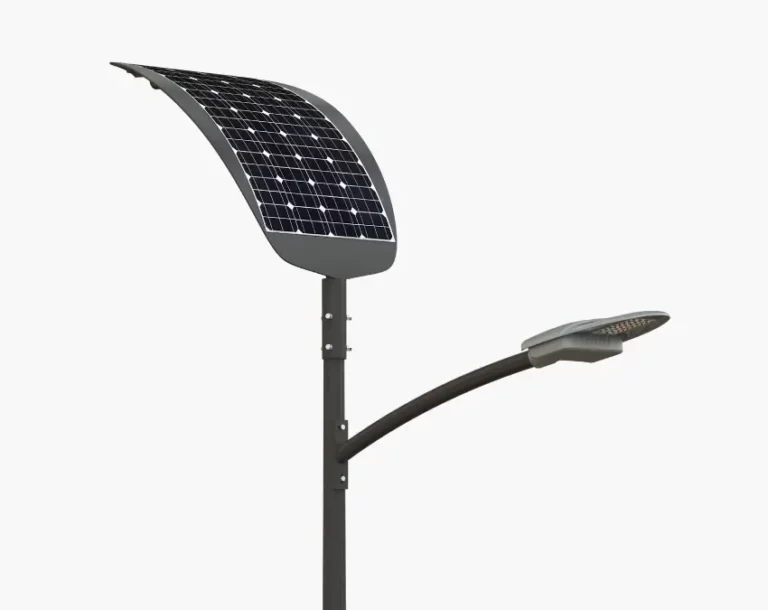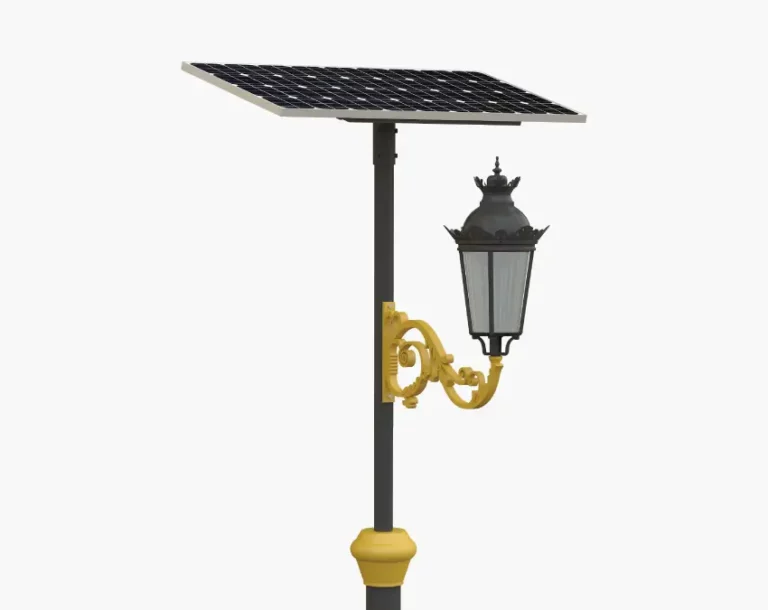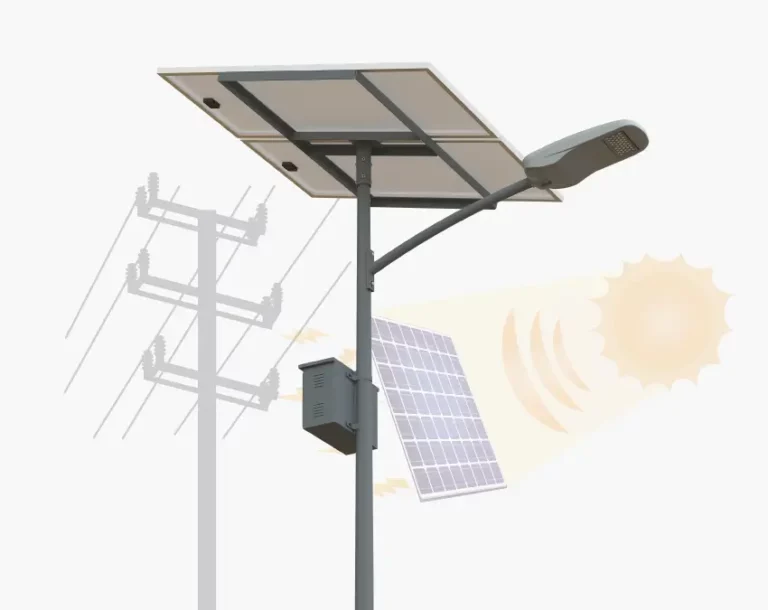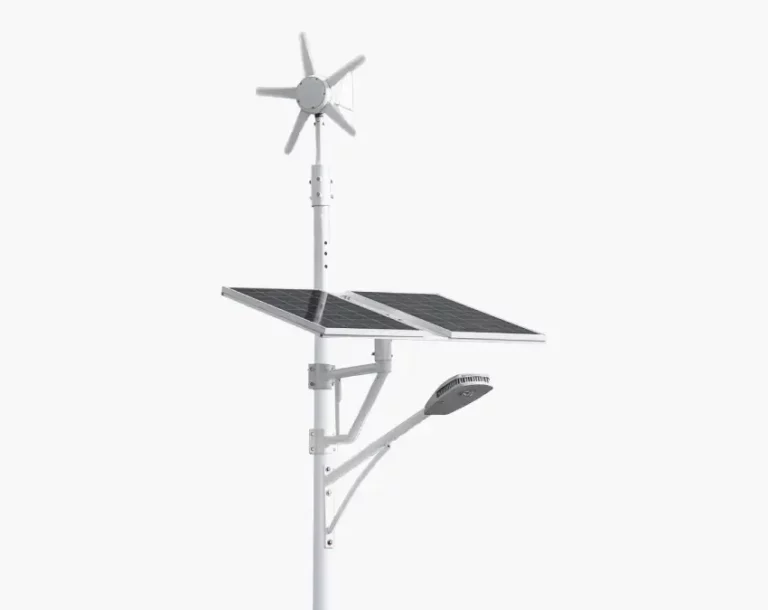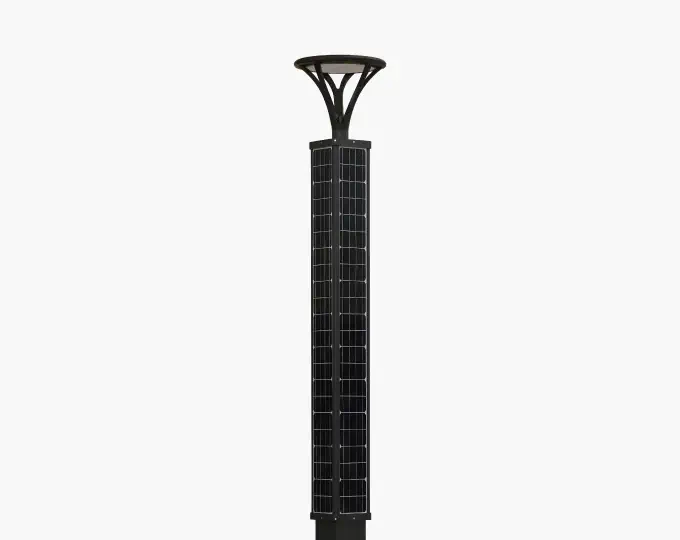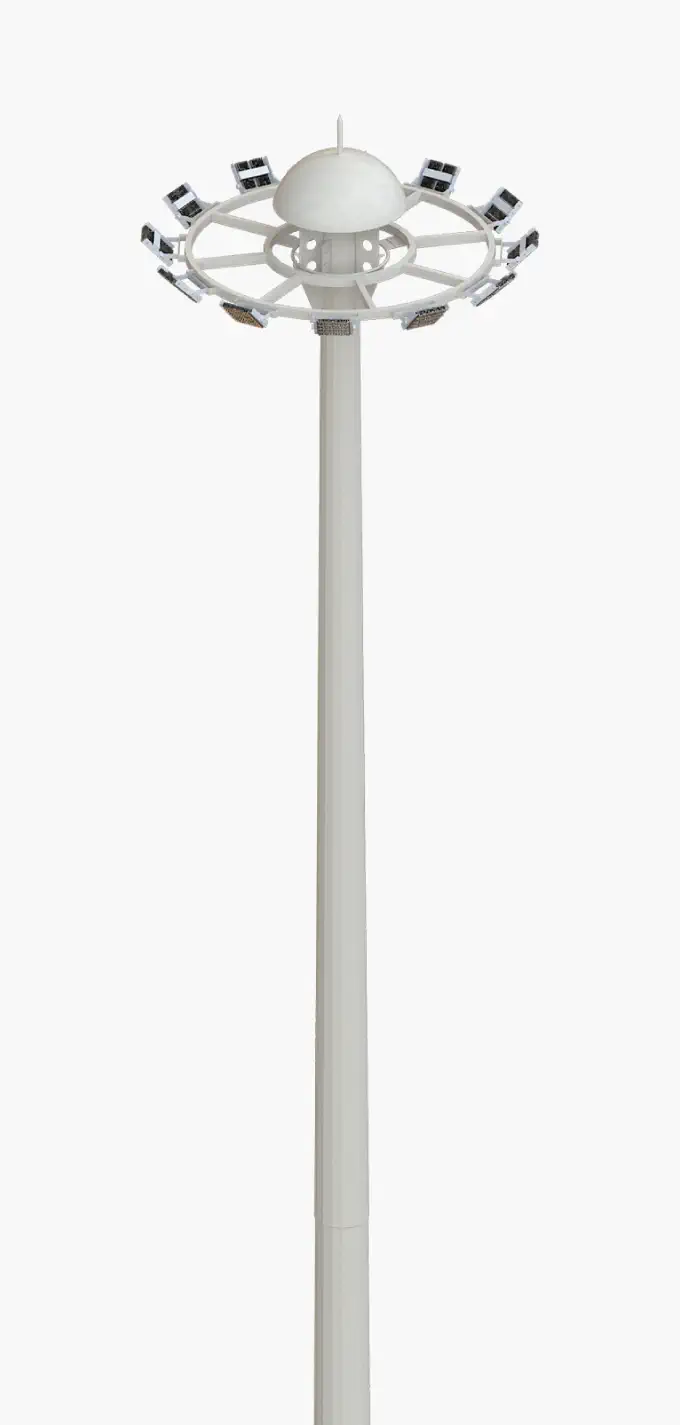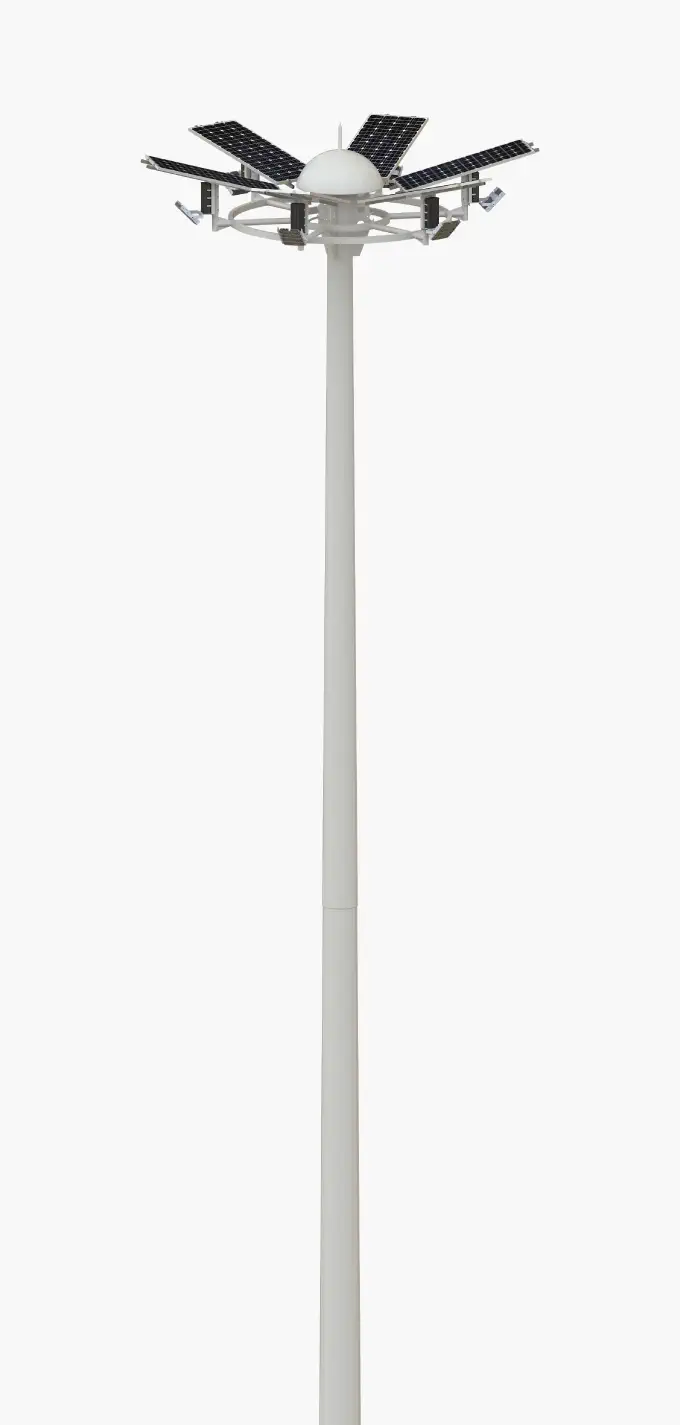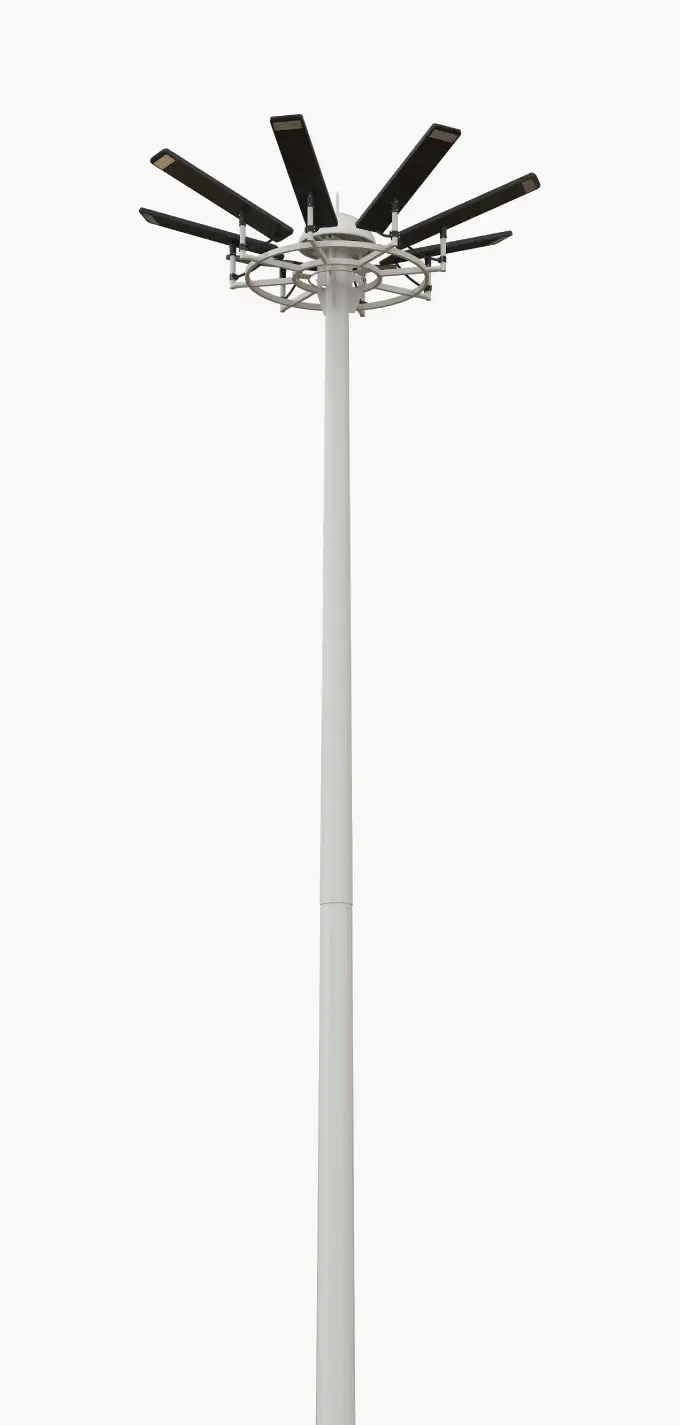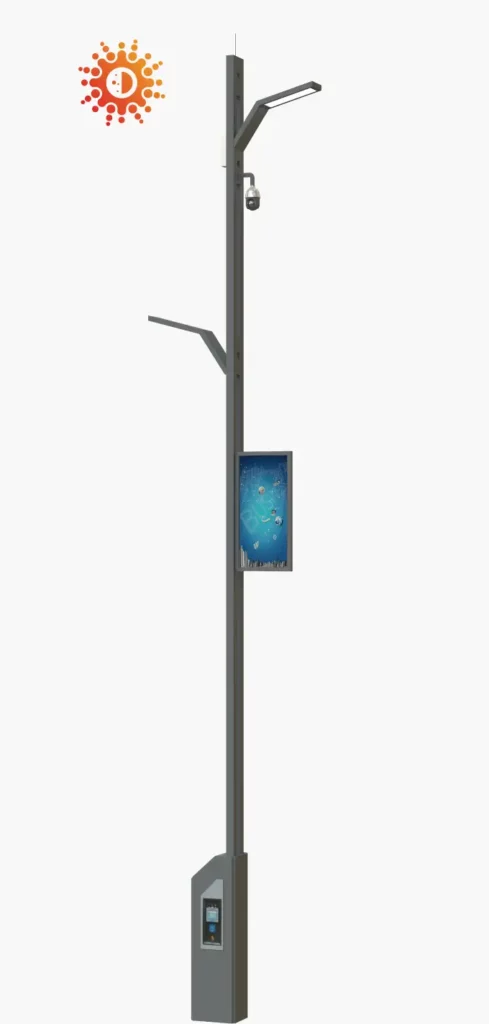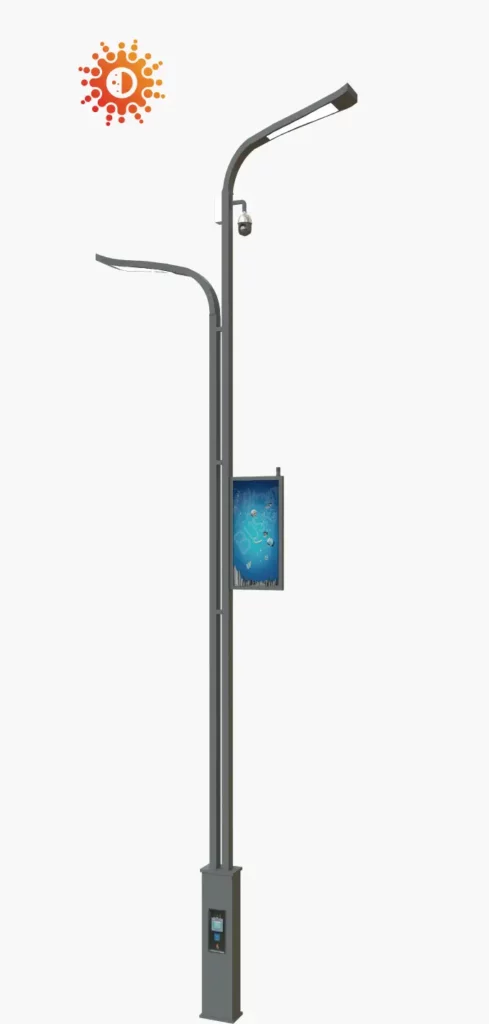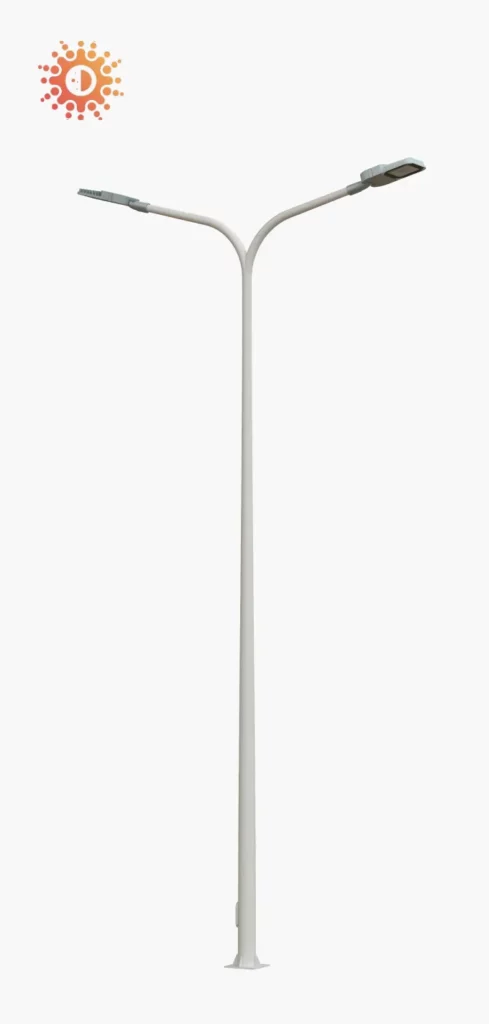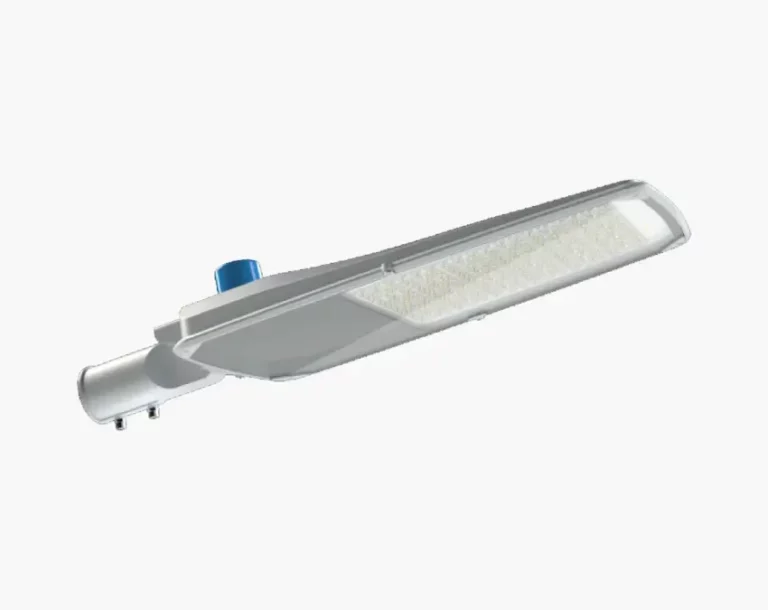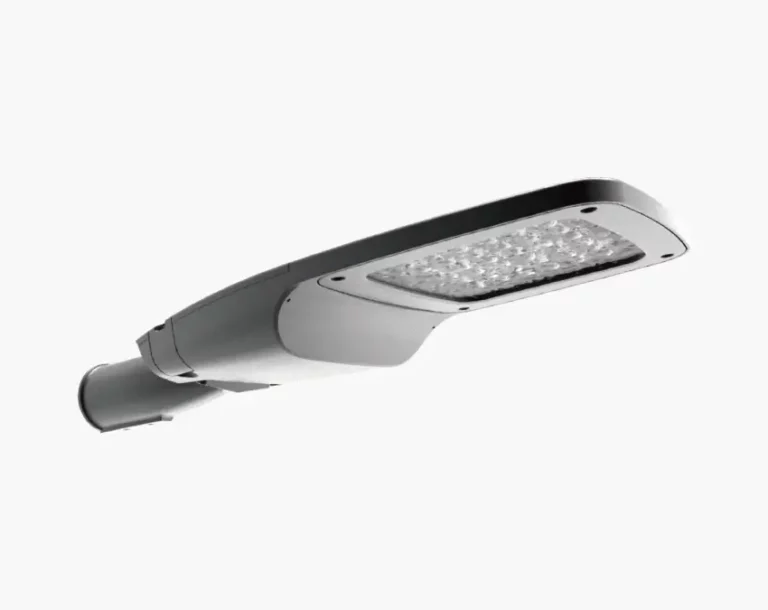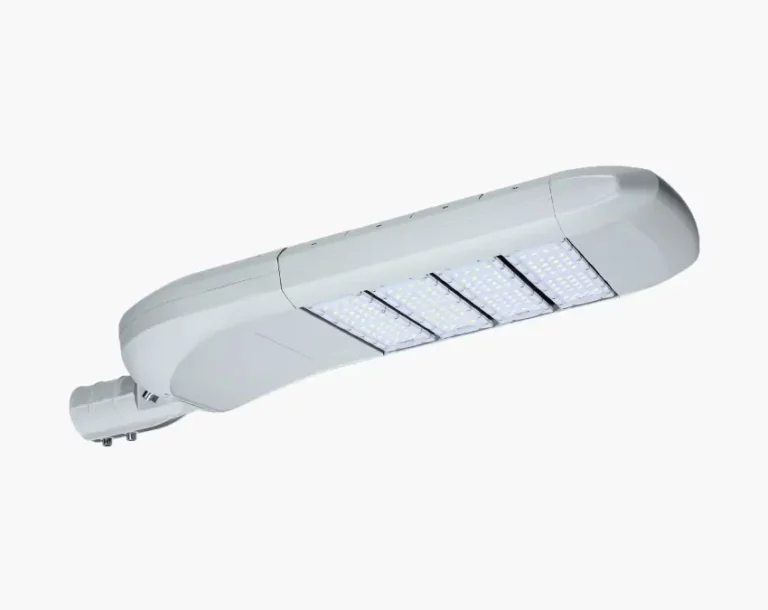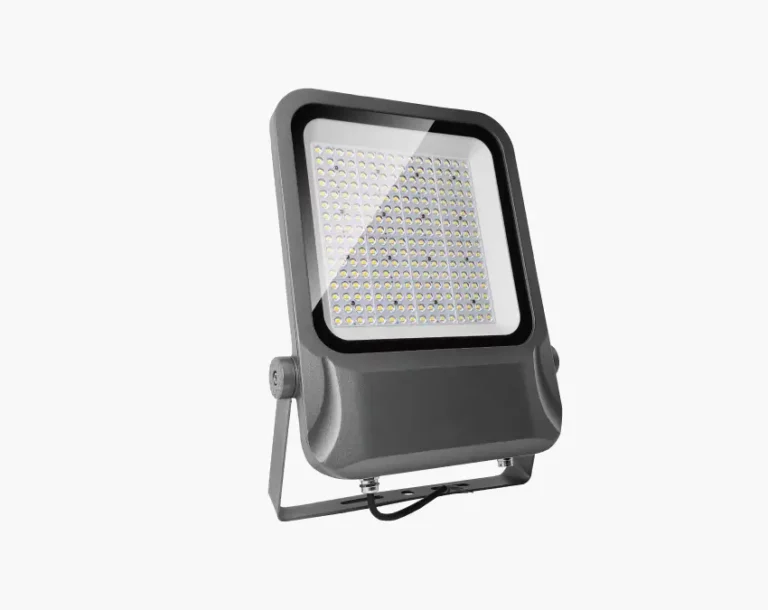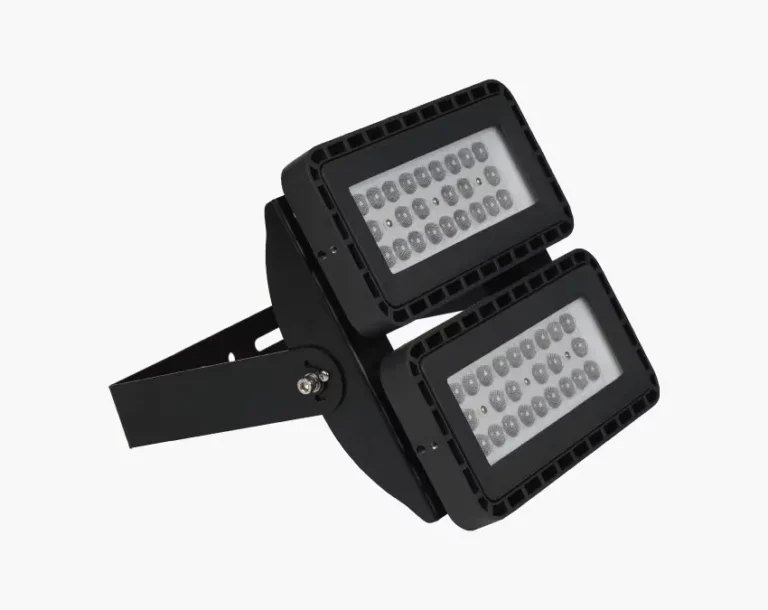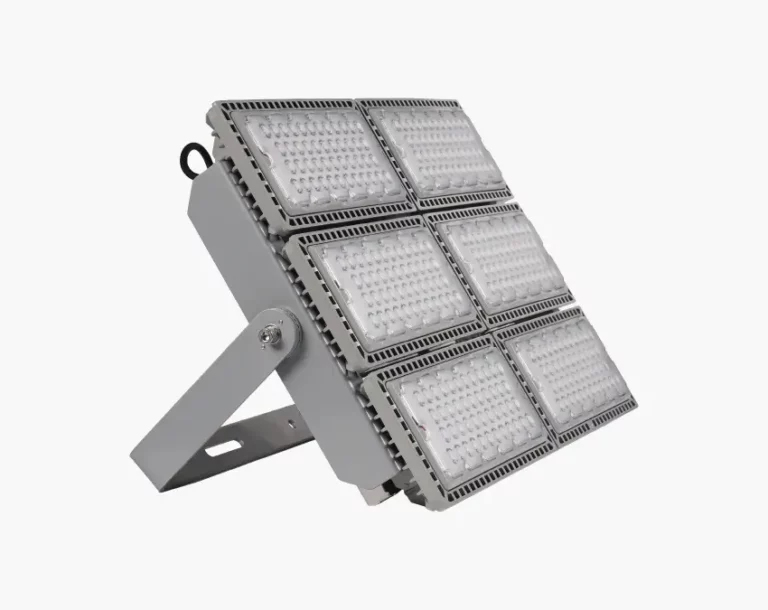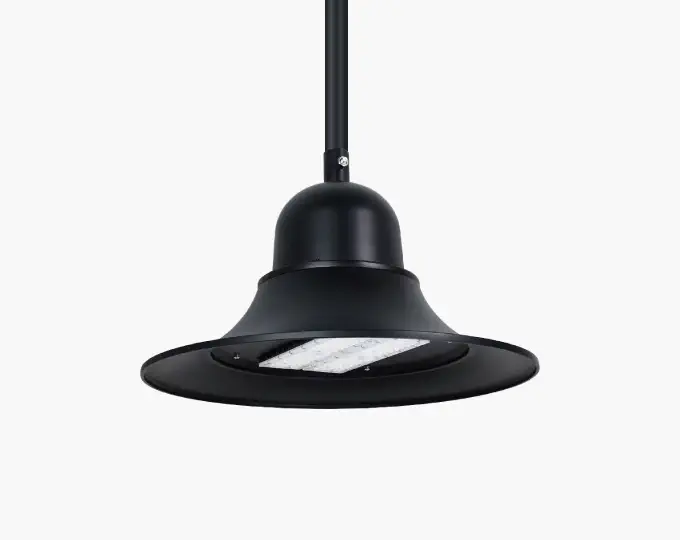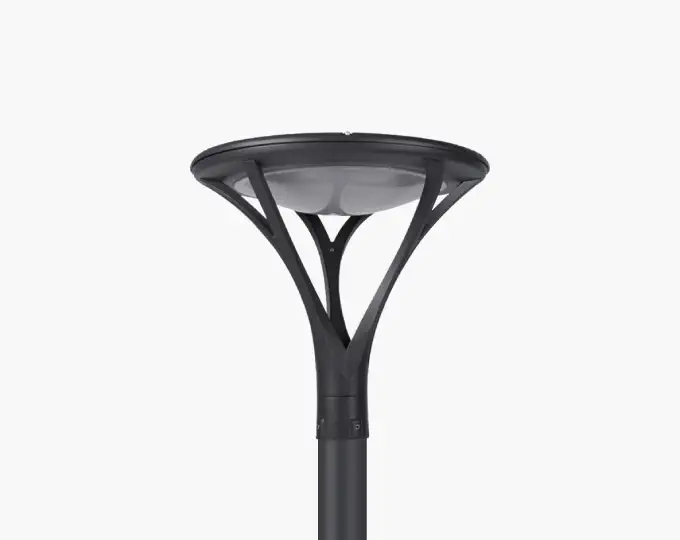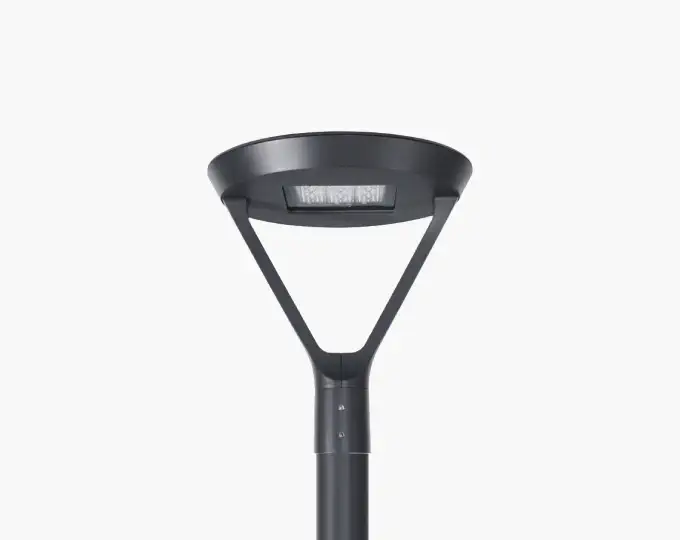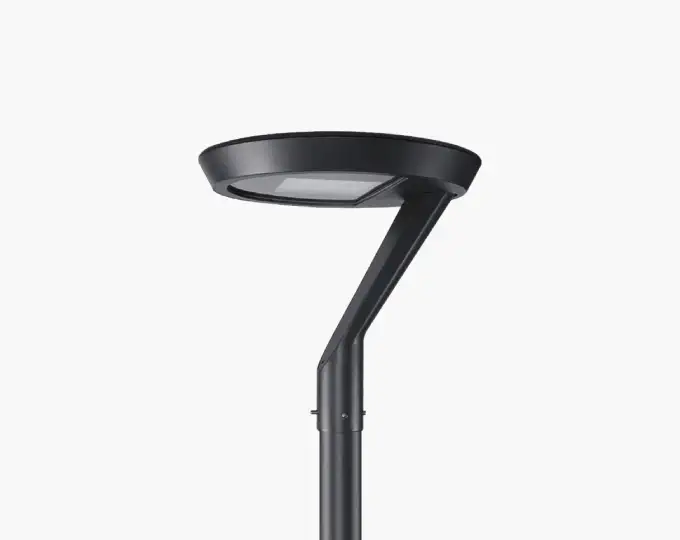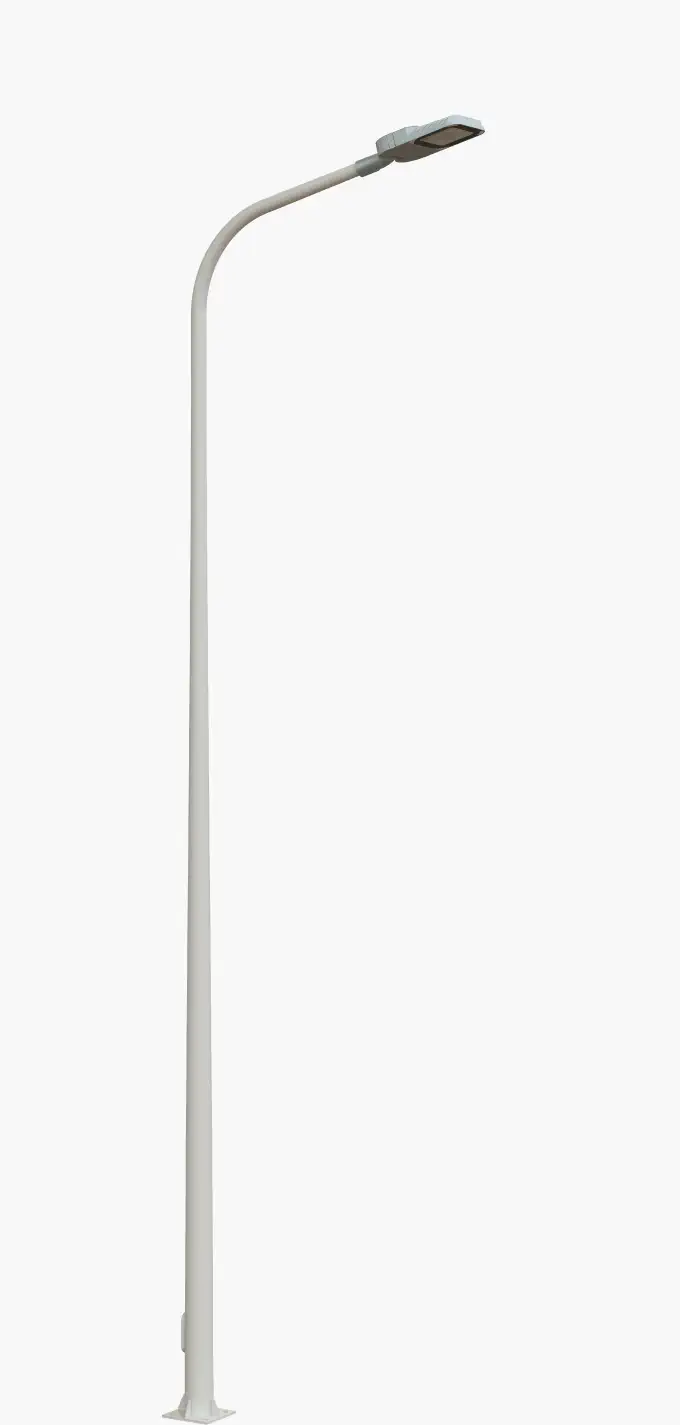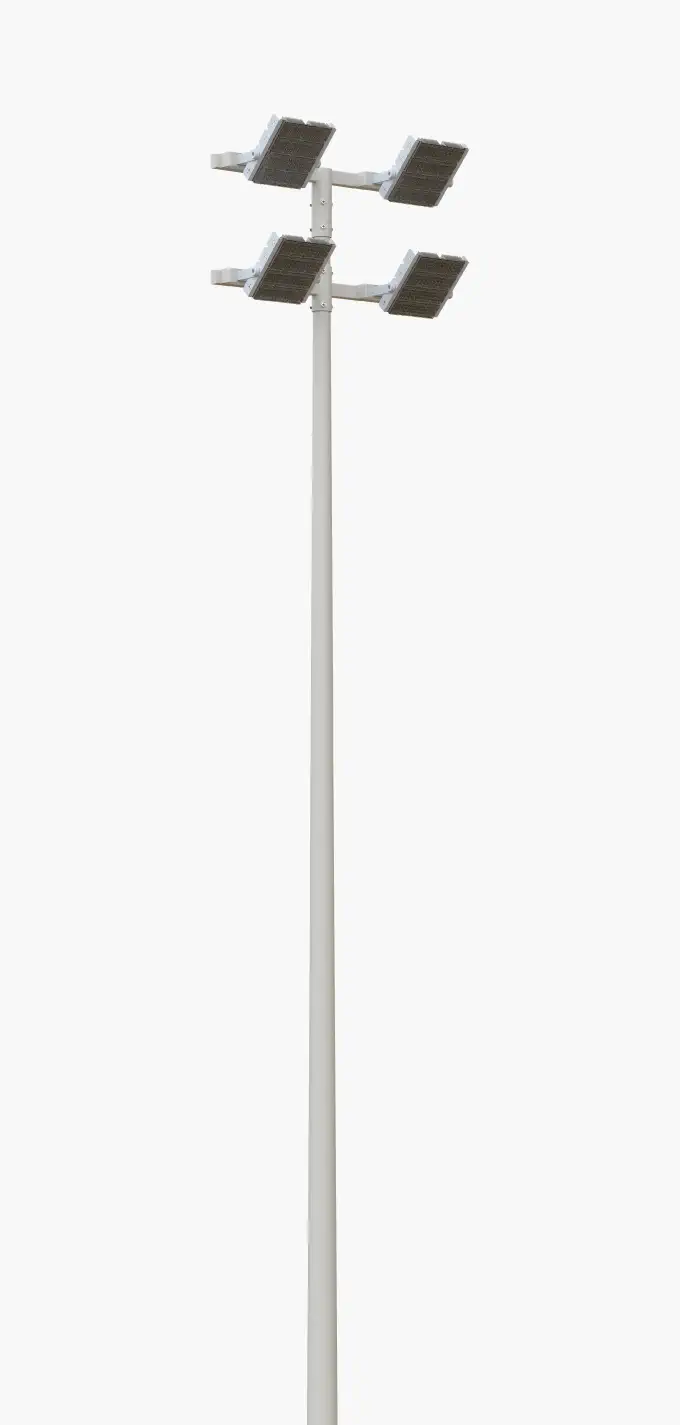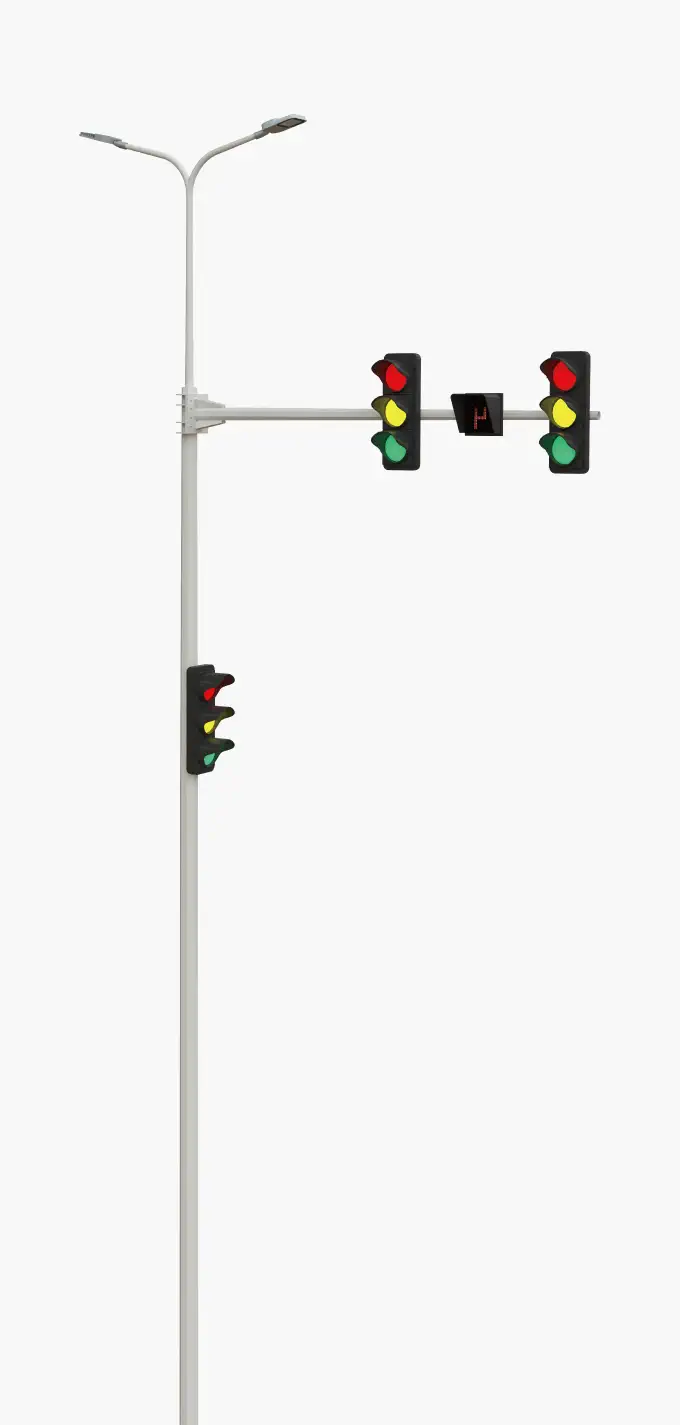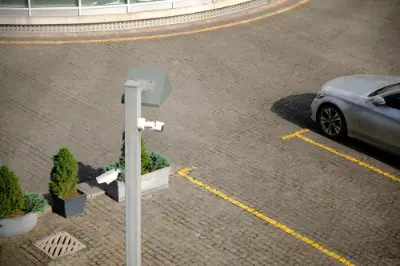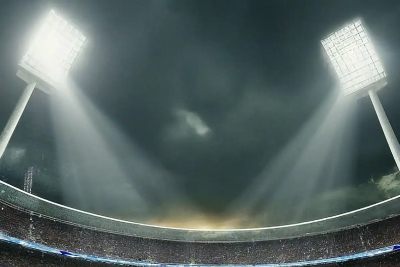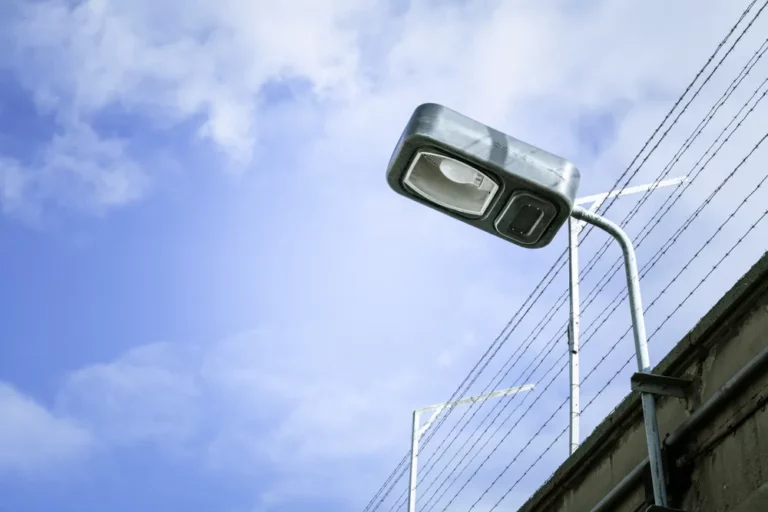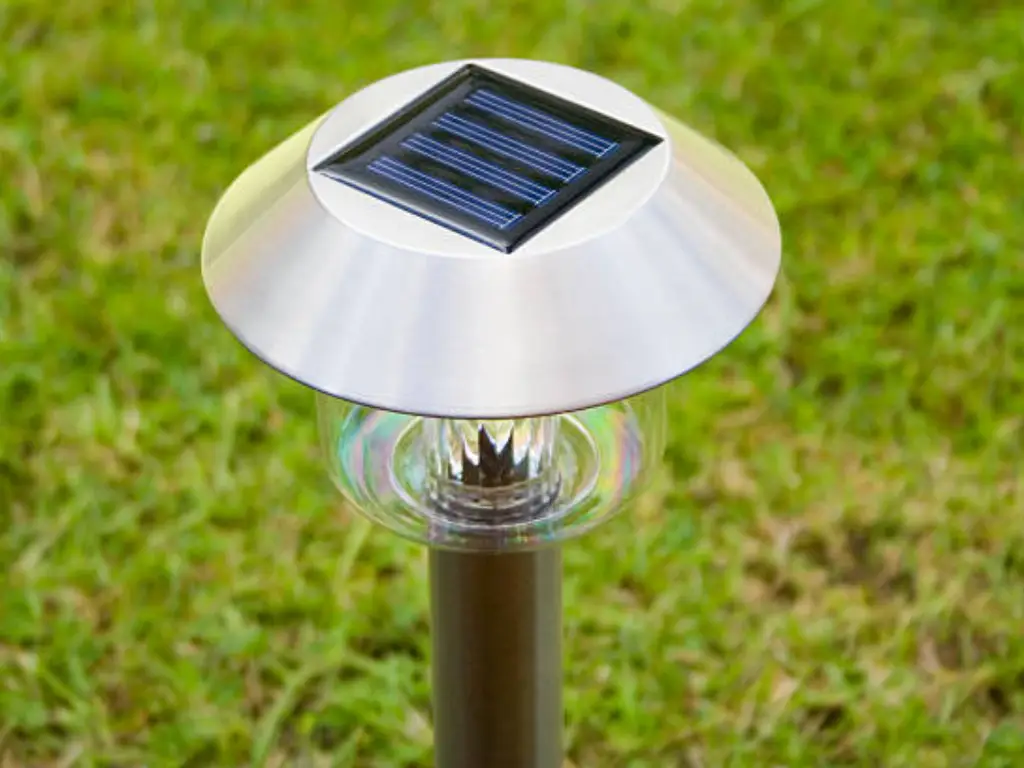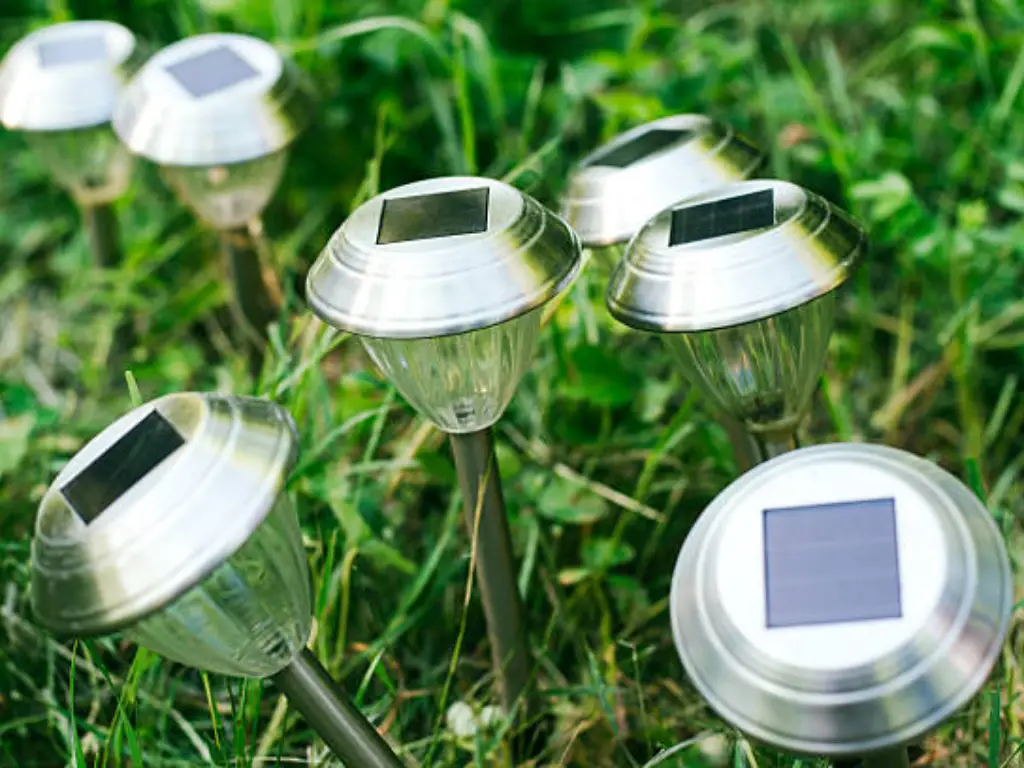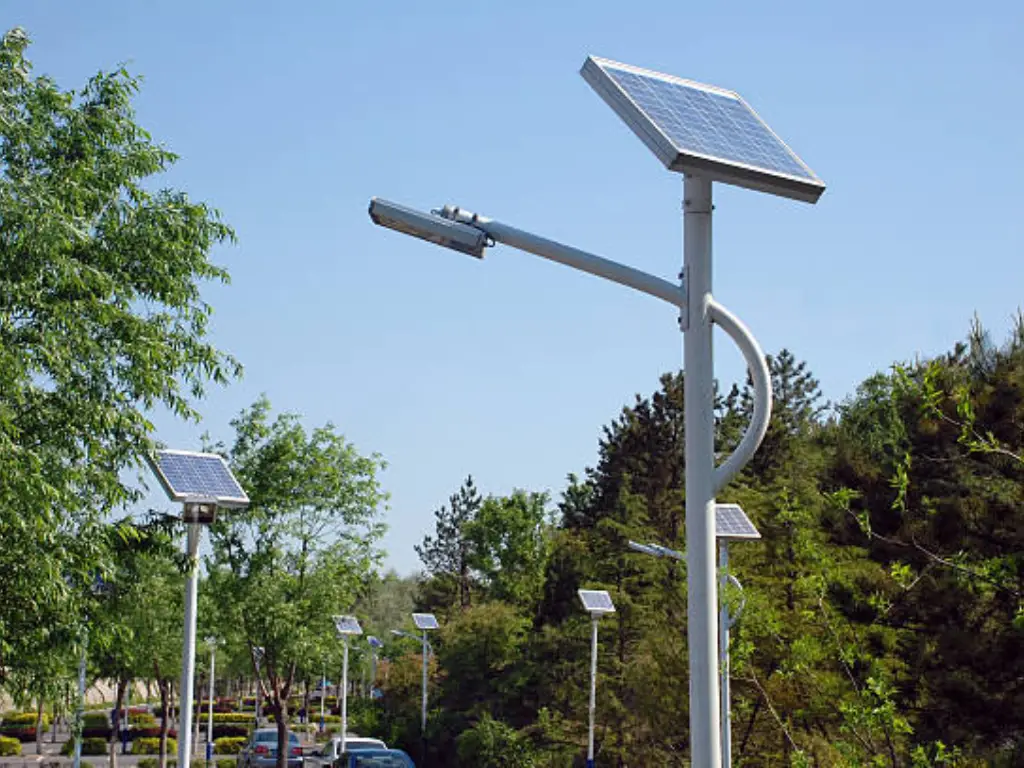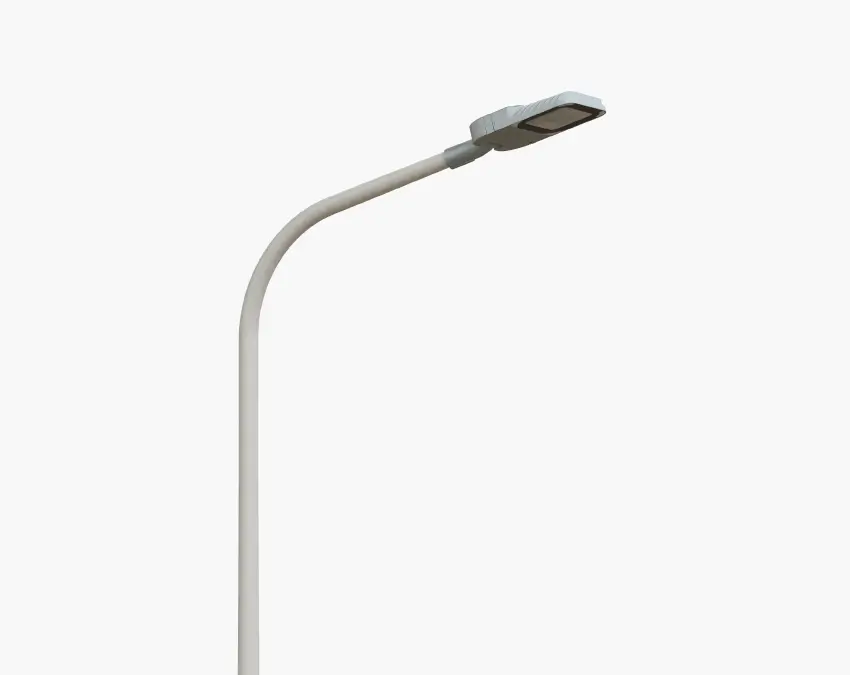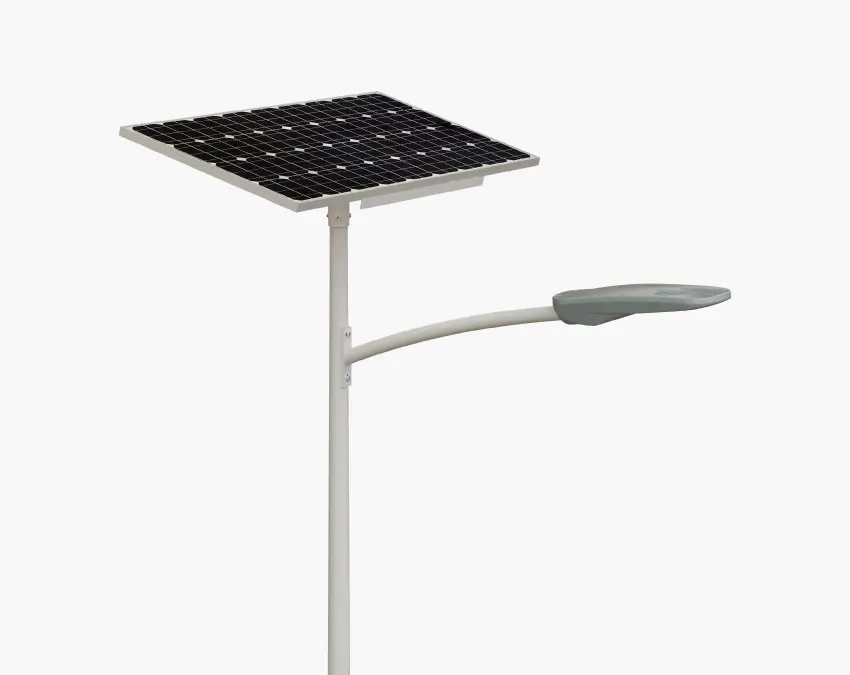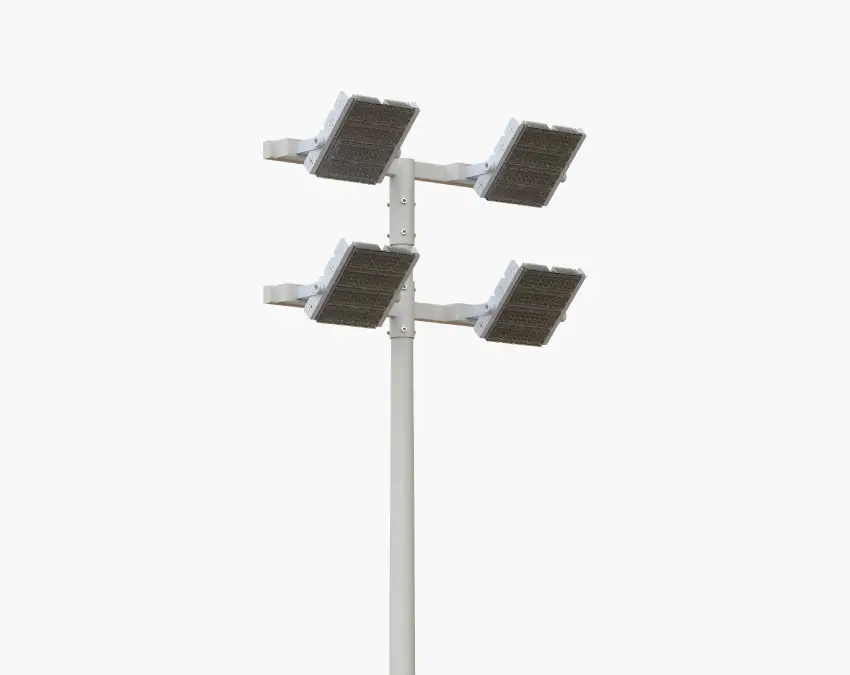Introduction
While traditional sources of energy are quickly depleting and becoming more impactful towards the environment, solar lights bring a whole new definition to sustainable illumination. Self-reliant lighting systems powered by the sun instead of fossil fuels are known as solar lights. Unlike conventional electric lights which heavily rely on traditional electrical lighting power grids, solar lights make use of the sun’s energy and convert it into light. Thus, making solar lights cost-effective and environmentally friendly alternatives for powering streetlights in urban cities or illuminating garden paths. A solar light can be defined as a small, self-contained power plant that provides energy solely for the purpose of light.
Unpacking the Core Components of a Solar Light System
The solar lighting system combines multiple carefully designed components which work together as a unified system for optimal performance, even on cloudy days. Understanding the various components of a solar light system enables proper comprehension of its sustainable lighting technology.
The Solar Panel
Every solar light system contains a photovoltaic (PV) panel as its essential component. The energy collection function occurs through silicon cells that form the solar panel. The cells on the solar panel surface start a transformation when sunlight hits them, which produces an electrical charge and direct current (DC) electrical energy from light energy. The amount of energy a solar light can capture depends on both its solar panel size and its operational efficiency.
The Battery
The solar panel generates electricity during daytime, which needs storage for nighttime, power outages, and cloudy weather usage. The battery system functions as an energy storage unit through its rechargeable battery, utilizing several types of batteries, including lithium-ion or lithium iron phosphate (LiFePO4) batteries. The battery’s storage capacity, together with its operational lifetime, directly affects the duration of solar light operation when sunlight is absent.
The LED Light
Modern solar lights exclusively use Light Emitting Diodes (LEDs) to generate their illumination. The energy efficiency of LEDs reaches high levels because they transform most of their received power into visible light instead of thermal energy. The long operational life of LEDs surpasses both incandescent and fluorescent bulbs thus making them perfect for solar-powered systems which present maintenance difficulties.
The Charge Controller
The solar light system depends on the charge controller to operate effectively. The intelligent electronic component controls electrical power distribution between solar panel and battery and LED light. The charge controller performs three essential tasks by protecting batteries from excessive charging that causes damage and by stopping batteries from emptying completely while also managing light operations through automatic day-night cycles.
| Component | Function | Key Characteristics |
| Solar Panel | Converts sunlight into DC electricity | Silicon cells, efficiency, size |
| Battery | Stores electrical energy for later use | Rechargeable, lithium-ion or LiFePO4, capacity (Ah), lifespan (cycles, years) |
| LED Light | Emits light when powered by the battery | Energy-efficient, long lifespan (hours), brightness (lumens), color temperature (K) |
| Charge Controller | Manages electricity flow, prevents overcharging/discharging, controls light | Intelligent, multiprotection functions, programmable settings |
The Science Behind the Shine: How Solar Lights Convert Sunlight into Electricity
The conversion of sunlight into nighttime illumination by solar lights operates through fundamental scientific principles, particularly the photovoltaic effect.
The Photovoltaic Effect: Turning Light into Power
The silicon cells inside solar panels function as the key components for this conversion process. The fundamental light particles known as photons release electrons from silicon atoms in solar cells. The dislodging action produces an electrical potential difference which leads to electron movement that generates direct electrical current. The amount of sunlight that strikes the panel determines how many electrons become free which results in increased electrical current output.
The Charging Process: Storing Energy for Night Use
The solar panel produces direct current which then enters the charge controller. The charge controller maintains a safe and efficient charging process by controlling the incoming current. The device tracks both voltage and current levels to protect the battery from overcharging while maintaining its lifespan. The system dedicates its operation to battery energy replenishment throughout daytime hours.
The process of charging solar lights under conditions without direct sunlight becomes possible. Solar lights operate effectively for outdoor usage even when the sky remains overcast. Discover effective techniques for maintaining solar light battery charge when sunlight is not available. The complete guide on solar light charging without sunlight is available at [https://www.inluxsolar.com/how-to-charge-solar-lights-without-sun/]
Types of Solar Lights: Exploring Various Applications
Solar lighting has evolved into a versatile solution for a wide range of applications, providing ambient lighting that supports public services. From residential gardens to large-scale urban projects, different types of lights cater to specific needs. Below are the most common types of solar lighting solutions available today:
| Type | Description | Common Applications |
| Solar Garden and Landscape Lights | Designed to enhance outdoor aesthetics and safety. Available in pathway lights, spotlights, and decorative lanterns. | Walkways, gardens, outdoor décor. |
| Solar Street Lights | High-efficiency solar-powered lights for public spaces with features like motion sensors and remote controls. | Roadways, highways, public parks. |
| Solar Security Lights | Bright illumination with motion sensors to enhance security and deter intruders. | Home entrances, garages, commercial properties. |
| Solar Floodlights | Provides intense brightness and wide coverage for large areas. | Sports fields, large outdoor spaces, commercial areas. |
| Solar Motion Sensor Lights | Energy-efficient lights that activate upon detecting motion. | Driveways, staircases, entrance points. |
| Solar String Lights and Decorative Lights | Aesthetic lighting for events and outdoor ambiance. | Festivals, weddings, patios, gardens. |
| Solar Wall Lights | Mounted on walls or fences for localized illumination and architectural appeal. | Balconies, terraces, building exteriors. |
| Portable Solar Lanterns and Camping Lights | Compact, rechargeable lights ideal for mobility and off-grid use. | Camping, emergencies, outdoor adventures. |
| Solar Bollard Lights | Short, sturdy posts with evenly distributed solar-powered lighting. | Pathways, parks, commercial landscapes. |
| All-in-One Solar Lights | Integrated solar lighting units that combine panel, battery, and LEDs in a compact design. | Small courtyards, large-scale public lighting projects. |
For security applications, other practical alternatives are solar floodlights for large areas, since they provide great illumination. Providing personal security through motion detection is made possible through motion sensor lights, and decorative solar string lights can be used to enchance outdoor environments. Great for adventures, portable solar lanterns are best in remote locations where the hours of sunlight are scarce. Furthermore, solar all-in-one and bollard lights require minimal maintenance, which makes them perfect for public spaces and pathways. Careful selection of efficient solar lights aids in better energy consumption and maximizes safety in outdoor areas.
Users can achieve maximum stored energy usage, battery life for optimal performance, and the efficiency of the lighting needs by having a good understanding of how different types of solar lights work.
Why Choose Solar Light? Exploring the Key Advantages and Benefits
The increasing demand for solar lights occurs because these devices offer multiple compelling benefits that make them suitable for different lighting requirements.
- Sustainability and Environmental Friendliness: Solar energy represents a clean renewable power source that benefits both sustainability and environmental friendliness. Solar lights help you disconnect from conventional electricity sources which reduces your carbon emissions while supporting environmental health.
- Cost Savings: The purchase cost of solar lights creates financial savings because they remove the need to pay electricity bills for conventional lighting systems. The product’s total cost becomes more affordable because of solar power usage throughout its operational period.
- Ease of Installation: The installation process for outdoor solar lights remains straightforward because they come with simple setup procedures. The installation of solar lights does not need wiring or trenching thus making them perfect for DIY projects and remote areas where electrical cable installation becomes challenging or costly.
- Low Maintenance: Solar lights need minimal maintenance after their installation because they operate autonomously with solar power. The solar panel needs occasional cleaning to maintain its ability to absorb sunlight, which represents the main requirement for product maintenance.
- Safety: Solar lights function with DC low-voltage power which removes the danger of electric shock that occurs with high-voltage AC systems. The low-voltage DC power system of solar lights makes them a safer lighting solution for households with children and pets.
- Versatility and Portability: Solar lights exist in numerous designs and sizes which allow them to serve multiple applications while being portable. These lights have portable features that enable their use during camping trips and outdoor events and emergency situations.
- energy independence: Solar lights provide power autonomy which becomes essential when the electrical grid fails or when living in areas without grid access.
Diverse Applications: From Gardens to Streets and Beyond
With the growth of technology, the use of solar light has expanded significantly and can now be found in nearly every facet of our life:
Solar Lighting for Residential and Landscape Use
Innovation has enabled homeowners to utilize solar lights not only for beautifying their homes but also for ensuring safety. In addition to homes, solar garden lights, pathway lights, and spotlights add stunning illumination to features like walkways, gardens, and buildings. Safety is even further enhanced with the use of solar security lights which switch on whenever motion is detected. In addition, friendly decorative solar lanterns and string lights enable the creation of charming outdoor environments.
Inlux Solar Street Lights: Illuminating Public Spaces with Reliability and Efficiency
With over a thousand projects completed across the globe, Inlux Solar Street Lights, in collaboration with the United Nations among others, lead the way in renewable energy solutions for outdoor-use street solar lighting solutions. The company specializes in reliable Inlux products such as grade A solar cells, powerful solar lights with ultra-bright LEDs that exceed industry standards, and LiFePO4 batteries that have an impressive battery life of over ten years. Innovations do not end here, as our poles undergo a robust hot-dip galvanization process, allowing for maximum durability and weather resistance, even in extreme weather conditions. All fixtures have super IP66-IP67 and IK09-IK10 ratings, providing unparalleled protection.
In addition, Inlux is the first performance solar lighting solutions brand that allows direct customization of power, voltage, design, and branding, enabling the best renewable energy solutions for outdoor use. With optimized stored energy management, transforming public space lighting into a low-carbon emission solution and reducing carbon footprint is now easier than ever with Inlux. Our systems also ensure reliable electricity sources, even in areas with unreliable grid infrastructure.
Key Considerations When Selecting the Right Solar Light for Your Needs
Multiple elements determine which solar light system will be most suitable. Consider the following:
- Intended Use and Location: The first step involves determining both the intended location and the required illumination strength of the light. The requirements for pathway lights differ from those of security lights or streetlights.
- Brightness (Lumens): The lumen output of the light should be checked to verify it meets your illumination requirements.
- Battery Capacity (Amp-hours): A higher battery capacity means the light can operate for longer periods without sunlight.
- Solar Panel Size and Efficiency: A solar panel with larger dimensions and higher efficiency rates will charge batteries at a faster rate.
- Lifespan and Warranty: Check both the component lifespan and warranty duration specifically for the battery and LED since these elements determine product longevity.
- Material Quality and Durability: Select lights that use durable materials with weather-resistant properties since these will perform better in outdoor conditions.
- Features: Solar lights include extra features that include motion detection capabilities and time controls and adjustable light intensity settings.
The Future is Bright: Embracing Sustainable Lighting with Solar Technology
Continuous advancements take place within solar lighting as scientists develop better technologies for solar panels batteries and LEDs. The ongoing technological developments together with decreasing costs prove that solar lighting will emerge as a leading solution to delivering sustainable lighting solutions across the globe. Solar lighting capability shows immense potential in providing both electricity for distant communities and visible illumination to our municipal areas through solar energy as a modern alternative.
Conclusion
Solar street lighting serves as an exceptional sustainable form of technology that uses sunlight to deliver effective illumination systems. Auditing its fundamental operations allows us to recognize its various advantages, which include sustainability together with financial advantages and decreased maintenance requirements. The trusted manufacturer Inlux provides eco-friendly solar street lights that illuminate public roads, highways and parking lots. Inlux stands as a solar street light manufacturing leader that delivers high-quality customized lighting solutions to create a sustainable brighter future for public and urban areas.
